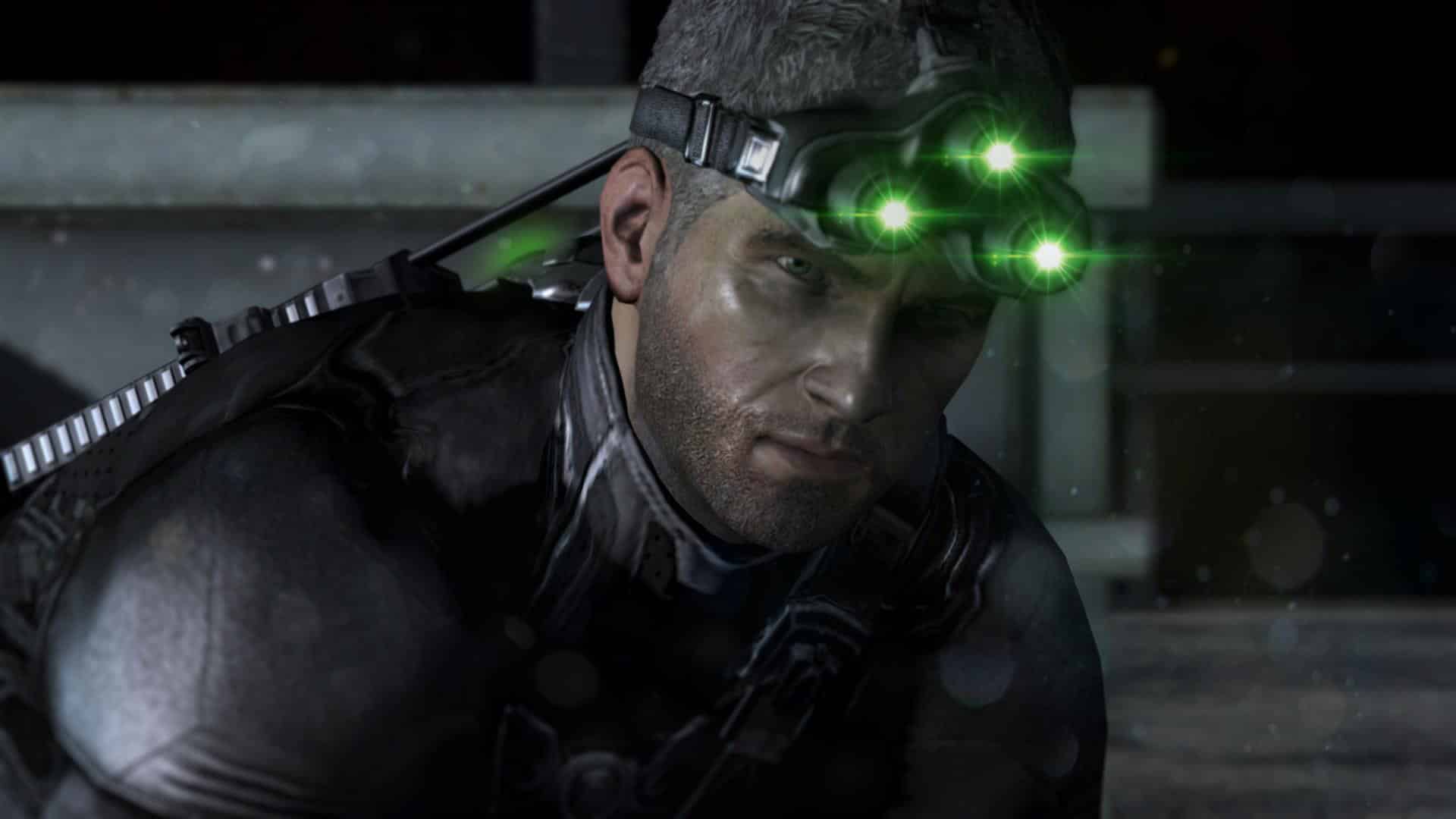Introduction:
Splinter Cell is a popular video game series that has captivated audiences since its first release in 2002. Developed and published by Ubisoft, the franchise has become a staple in the stealth genre of gaming.

Splinter Cell (2002):
Graphically, the game was impressive for its time, featuring detailed character models and realistic environments.
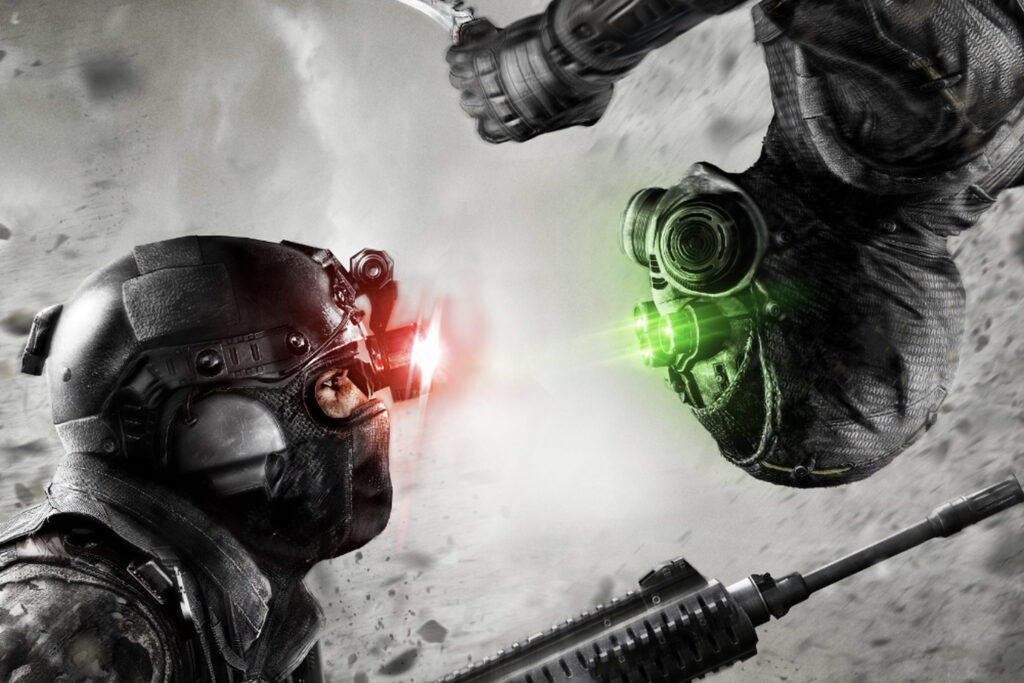
Pandora Tomorrow (2004):
The game improved on the original in several ways, including better graphics and more advanced AI for enemy characters.
Pandora Tomorrow was another commercial and critical success, earning praise for its graphics and gameplay mechanics.
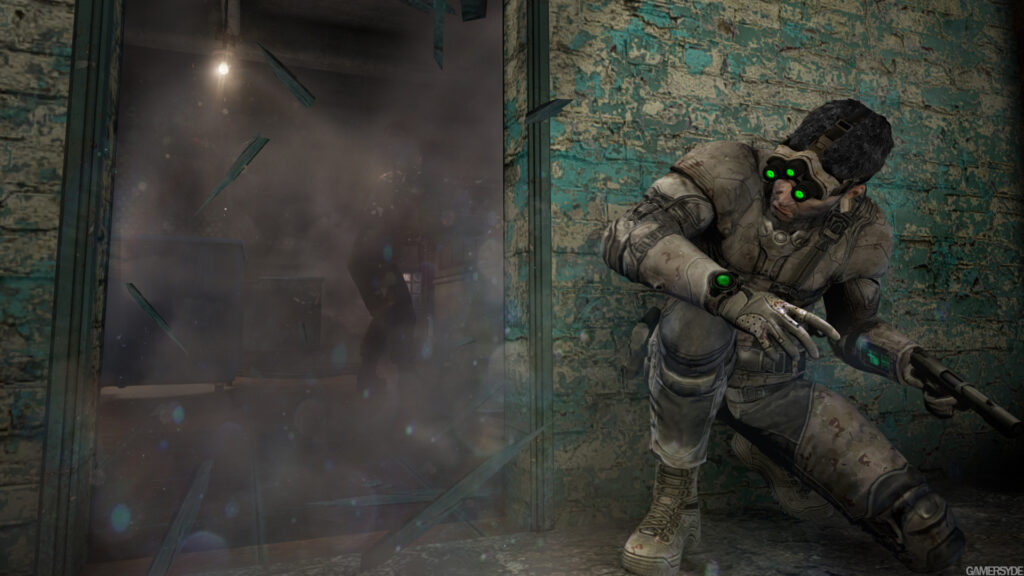
Chaos Theory (2005):
Tom Clancy’s Splinter Cell: Chaos Theory was released in 2005 for Microsoft Windows, Xbox, PlayStation 2, and GameCube.
The graphics were also improved, with more detailed character models and environments.
Chaos Theory received critical acclaim and won several awards for its graphics, sound design, and gameplay mechanics.

Double Agent (2006):
Tom Clancy’s Splinter Cell: Double Agent was released in 2006 for Microsoft Windows, Xbox, Xbox 360, PlayStation 2, and GameCube.
The game introduced new mechanics like trust levels, which would fluctuate depending on the player’s actions and decisions. The graphics were also improved, with more realistic lighting and particle effects.
Double Agent received mixed reviews, with some critics praising the game’s storyline and mechanics, while others criticized the game’s AI and level design.
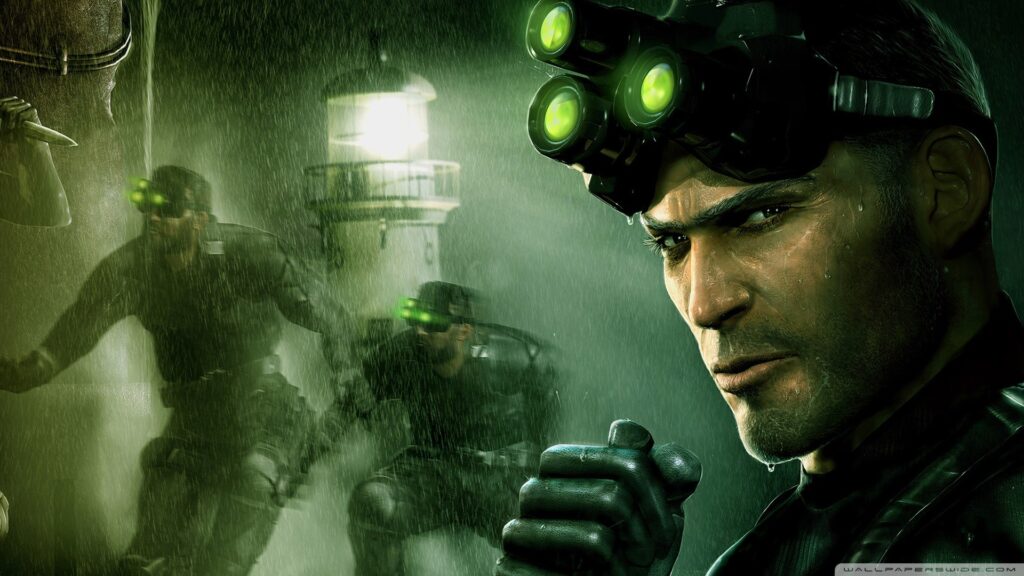
Conviction (2010):
Tom Clancy’s Splinter Cell: Conviction was released in 2010 for Microsoft Windows, Xbox 360, and PlayStation 3. The game featured a new art style that was more colorful and less realistic than previous entries in the series.
The game’s mechanics were also changed, with a greater emphasis on action and less on stealth. Sam Fisher was now able to mark targets and move between cover seamlessly. The game’s multiplayer mode Splinter Cell game summary.
In terms of graphics, the Splinter Cell franchise has consistently pushed the boundaries of what is possible on each new generation of consoles and PC hardware. From the detailed character models and environments of the early games to the realistic lighting and particle effects of the later entries, each game has been a visual showcase for its time.

Blacklist (2013):
Tom Clancy’s Splinter Cell: Blacklist was released in 2013 for Microsoft Windows, Xbox 360, PlayStation 3, and Wii U.
Blacklist was a critical success, receiving high praise for its gameplay mechanics, graphics, and storyline.
Overall, the Splinter Cell franchise has been highly successful, with each game building upon the previous entries and introducing new gameplay mechanics and features. While the series has evolved over time, the core focus on stealth and espionage has remained a constant throughout, making it a beloved franchise among fans of the genre.
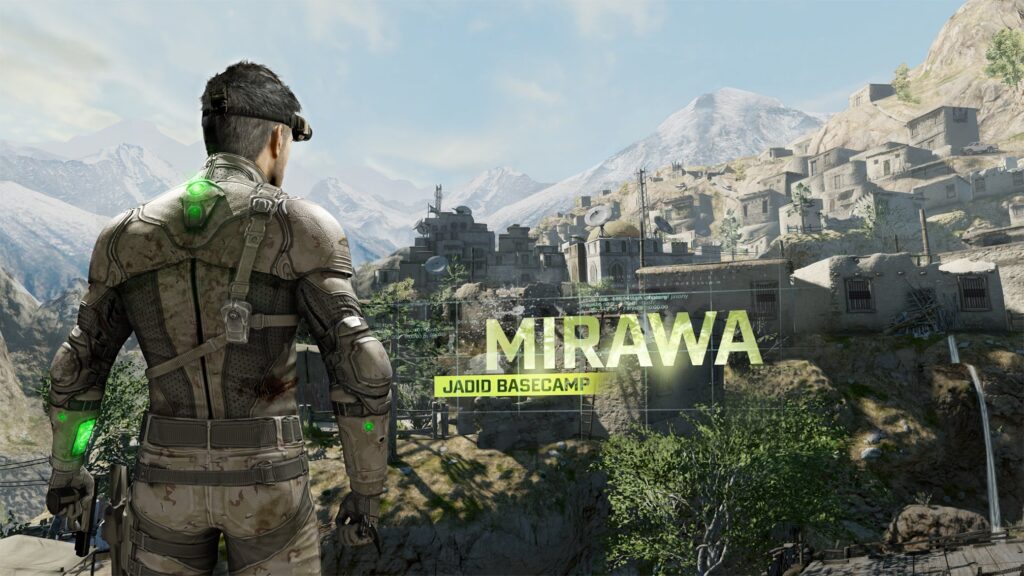
Gameplay mechanics:
Have also evolved over time, with each game introducing new features and systems that have added depth and complexity to the series. From the interrogation mechanics of Pandora Tomorrow to the trust level system of Double Agent and the « Killing in Motion » system of Blacklist, each game has added something new and unique to the series.
In terms of success, the Splinter Cell franchise has been one of Ubisoft’s most successful franchises, with the series selling over 30 million copies worldwide as of 2021. The games have been praised for their deep and engaging storylines, realistic graphics, and innovative gameplay mechanics.
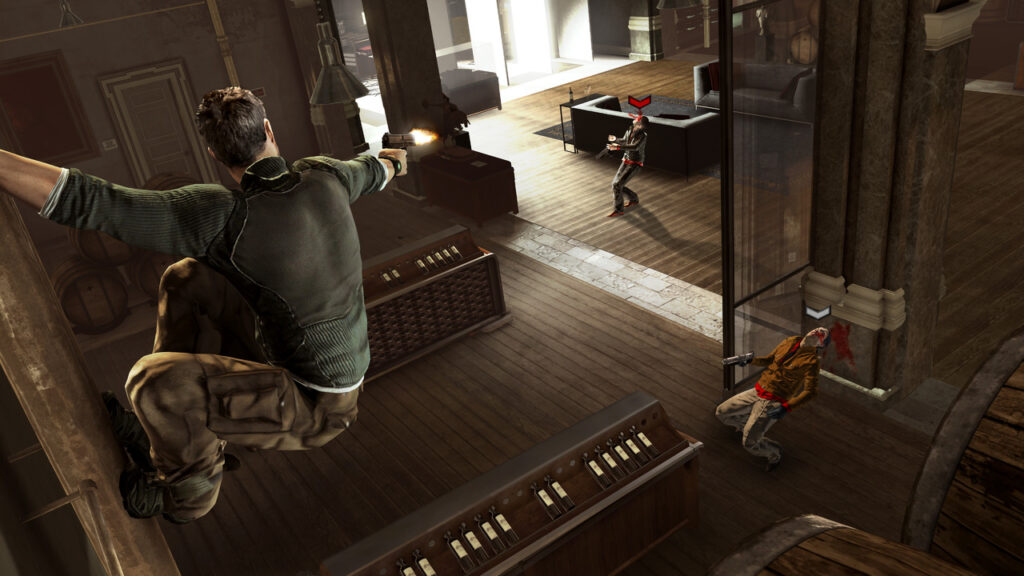
Conclusion:
The Splinter Cell franchise is one of the most beloved and successful video game series of all time. From the early days of stealth-focused gameplay to the more action-packed entries of the later years, each game in the series has been a masterpiece of design and innovation. With its engaging storylines, realistic graphics, and innovative gameplay mechanics, the Splinter Cell franchise will always hold a special place in the hearts of gamers around the world.

